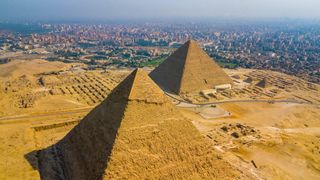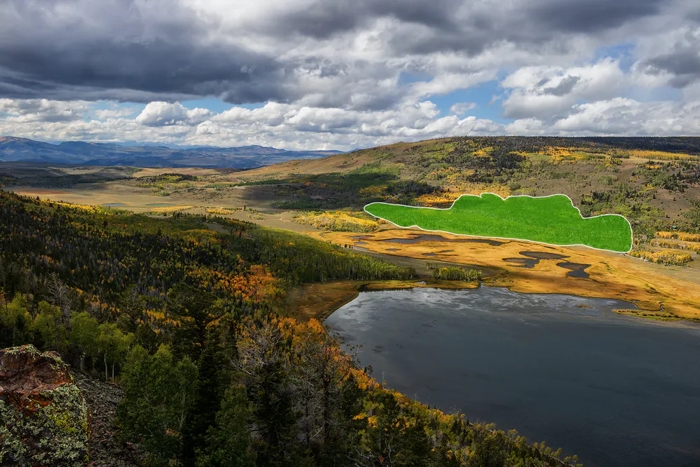Thankfully, we talked to some expert dietitians to get their take on things. Here are the best breakfast habits that actually work for weight loss, and for more healthy tips, make sure to check out The 12 Foods That Drive the Most Weight Loss of All.
1 Eating enough protein

One of the best and most effective breakfast habits for weight loss is making sure you're eating enough protein.
"Protein is the leading macronutrient for satiation and can help your habit of reaching for snacks right after you eat breakfast," says Courtney D'Angelo, MS, RD, author at GoWellness, "so you can try eating foods like eggs, yogurt, and turkey sausage, or you can add protein powder to your coffee or smoothie.
Get started with one of these 19 High Protein Breakfasts That Keep You Full.
2 Drinking plenty of water
D'Angelo also believes that drinking water before, during, and after breakfast is one of the keys to healthy weight loss.
"Staying hydrated supports a healthy digestive system, and having healthy digestion can lead to healthy weight," says D'Angelo, "and while most people wake up and crave their morning coffee, you should instead consider reaching for a glass of water first." TO READ MORE, CLICK HERE...

D'Angelo also believes that drinking water before, during, and after breakfast is one of the keys to healthy weight loss.
"Staying hydrated supports a healthy digestive system, and having healthy digestion can lead to healthy weight," says D'Angelo, "and while most people wake up and crave their morning coffee, you should instead consider reaching for a glass of water first." TO READ MORE, CLICK HERE...



































:max_bytes(150000):strip_icc():format(webp)/GettyImages-1175943740-46d92519b4344ed1bab2e85eb4f72570.jpg)

